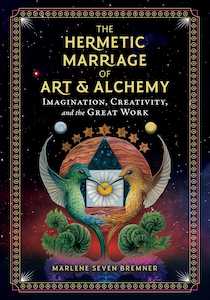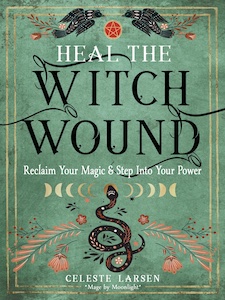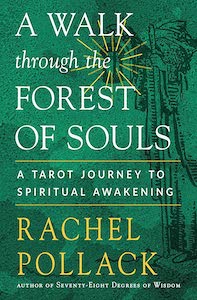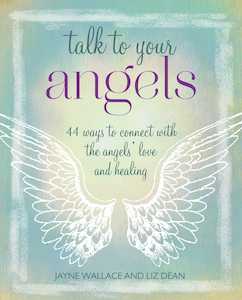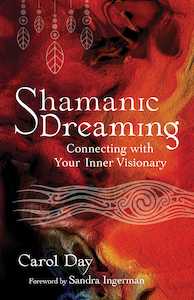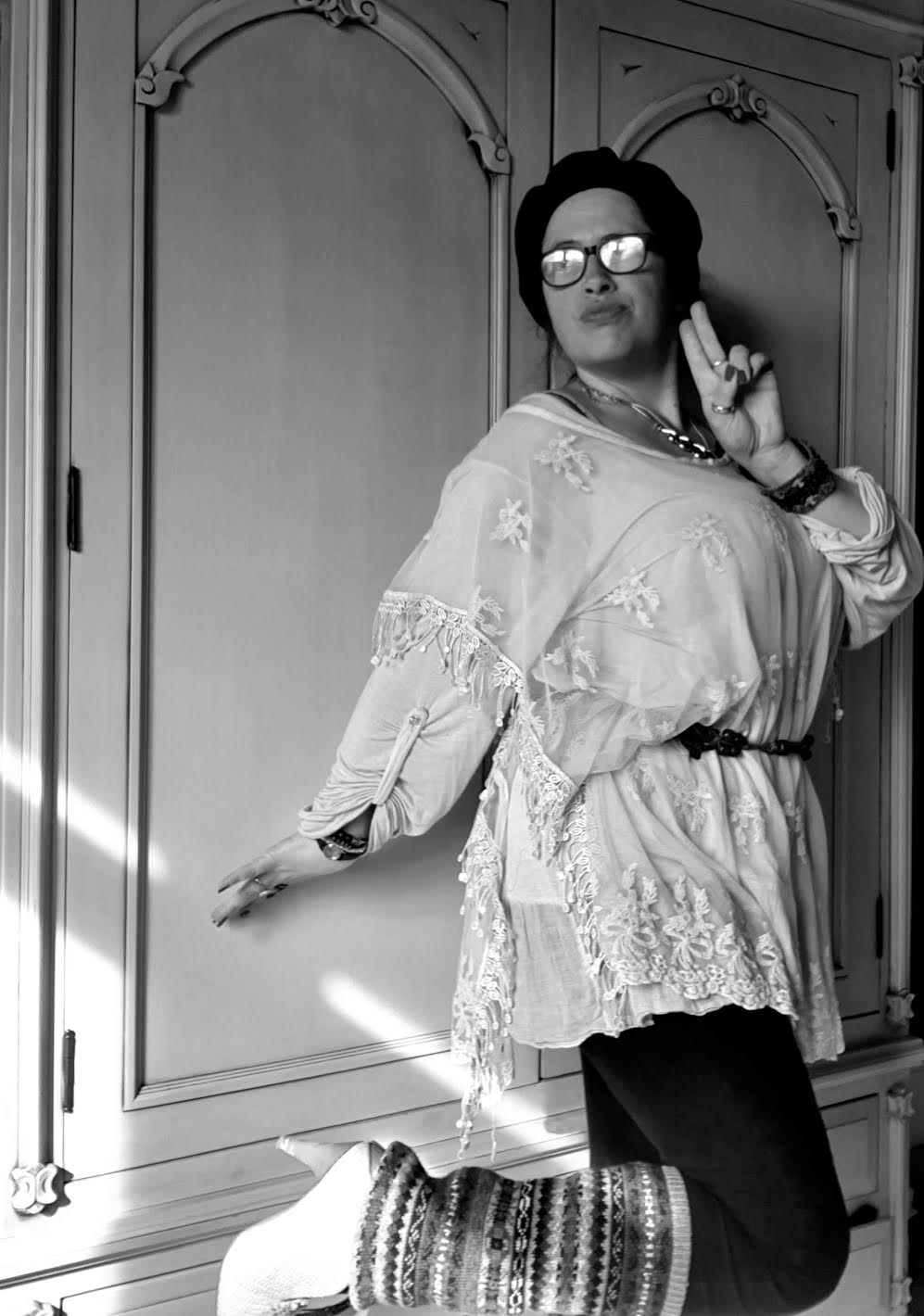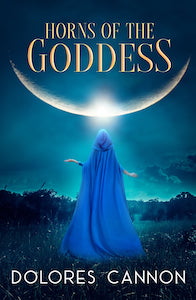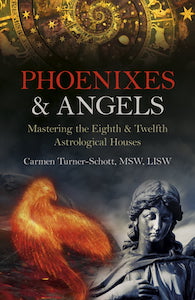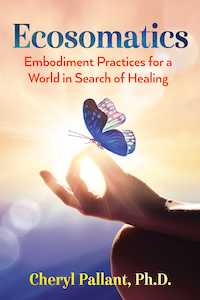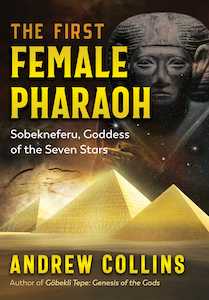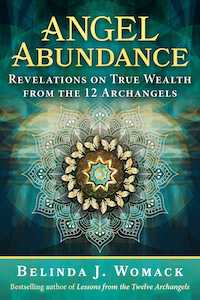
Angel Abundance: Revelations on True Wealth From the 12 Archangels, by Belinda J. Womack
Bear & Company, 159143498X, 272 pages, July 2023
Who doesn’t seek positive abundance? And what better entities to impart knowledge on how to live in abundance than the 12 Archangels? Angel Abundance: Revelations on True Wealth From the 12 Archangels by Belinda J. Womack is a book that came into my life at a time of immense self-questioning. You know, ask and it shall be given. I found myself “listening” intently to the messages from the 12 Archangels that came through Womack. Not only listening, but actually infusing my life and thoughts with the messages they were imparting.
Belinda initiates the reader to the concept of the Central Sun which is “composed of the energy we call love.”1 She writes about how we are living in the “Schoolroom Earth,” where we are learning and also remembering that we are divine beings. The Archangels seek to remind us to shift our vibration to a higher sort by letting go of fear and feelings of lack and unworthiness. All this to transform our lives and to move from suffering.
The Archangels remind the reader that their “words are infused with targeted healing energy that supports you or conscious mind in becoming aware of the negative thought habits giving you the message that you cannot have what you desire.”2 I add the caveat that we are giving what we desire if it is for our higher good because as the Rolling Stones reminded us, you can’t always get what you want, but you get what you need. They also provide us with an affirmative mantra:
“The Central Sun, through my own loving and generous Soul, will never deny me what I desire that is for my greatest good and highest joy.”3
The messages in the book go back to the concept that change works from the inside out. How we think and what we believe supports what happens to us physically, financially, emotionally, and yes, spiritually. Words and thoughts are powerful and the 12 Archangels offer a myriad of ways to shift negative self-talk and thinking to raise our vibration to “lighten up.”
The messages in the book held my rapt attention. I read it slowly, letting the words of the Archangels act as a soothing balm. The book contains meditations meant to reconnect us to the infinite energy and love of Source. “What would life feel like if you were happy, safe, purposeful, and free?”4 Sign me up.
The Archangels show us ways to become aware of how we are controlled by negative beliefs that come in many different versions and strengths that shape our perceived self-worth. To Source we are all divine beings but in the Schoolroom Earth we tend to forget this. The Archangels show us the way to remembering and also provide us with tools to reconnect.
They “speak” a lot of old stories we tell ourselves of suffering and unworthiness, of how the ego wants fast results. The meditations reconnect us with the wisdom of the divine child who lives within us, the divine child being our “true essence” who “vibrates at the frequency of undiluted love…”5
“When fear seduces you, say, no thank you, fear. I would rather put my energy into receiving abundance!”6
The 12 Archangels lovingly offer ways for us to conquer doubt, loosen the fear of lack of money, and remove blocks to financial abundance. It’s important, however, to follow their prompts, to do the exercises, and take time for the meditations. Why are we accepting less than what Source is offering to us? How do we lose negative familial patterns around money?
As one who began reading this book at a time of self-questioning, I felt the wrap of angelic love around me as I read.
“Your Helpers in Heaven encourage you to practice letting go of questioning whether your train has been on the tracks or off the tracks for any part of life. Even when your train is derailed or parks itself for longer than you may like at the train depot, Soul is evolving through you.”7
The Archangels ask us to look at how we are earning our money and how we define wealth. Are we happy with the way we earn money? Are we using our unique talents (and yes, we all have unique talents) to bring forth our creativity in ways that support our growth and that of those around us? Are we living our purpose?
They work to help us with healing balance, to help us realize and then bring forth our unique purpose of being in the Schoolroom Earth. I loved that the book imparted ways for us to receive our wealth, create new financial realities, move from suffering, and transform. There are healing experiences imparted through meditations to help us rest, rejuvenate, and receive.
I highly recommend Angel Abundance. Womack did an amazing job of imparting to us the love and wisdom of the 12 Archangels. The words were soothing but they also captured my rapt attention. I felt the loving support behind each and every word that I read. I truly believed that my highest good was at the forefront of what the Archangels were imparting. Who could ask for more? Ask – and receive. Amazing.
Anne Greco is a non-fiction writer who writes about her life experiences and travels with humor, keen observations, and the hope that her words will remind us that “we’re all just walking each other home.” Her book, Serendipity: Chance Pilgrimages, tells the story of Anne encountering her places of power. As she reconnects with herself at each site, Anne also develops a deeper understanding and appreciation of her connection to both the seen and unseen worlds. Learn more about her work here: http://annegrecowriter.com.


